“Heavenly Bodies:
Fashion and The Catholic Imagination”
Metropolitan Museum of Art
The Met Cloisters | New York, NY | 2018
Curated by Andrew Bolton
This FSA featured Inspiration highlights the exhibition Heavenly Bodies: Fashion and The Catholic Imagination (2018) curated by Andrew Bolton, Curator in Charge of the Costume Institute, in collaboration with the curators from The Met’s Department of Medieval Art and the Cloisters. In this groundbreaking exhibition exploring the relationship between fashion and faith, Bolton juxtaposes couture inspired by religious iconography alongside opulent ecclesial and papal garments worn ceremonially by members of the Vatican. In both sartorial and ecclesial worlds, garments convey power, stature, identity, style, and authority. These textiles in varying shapes and colors not only create wearable sculptures, but communicate the class, office, and celebrity of the wearer.
Garments from fashion houses in the exhibit ranged from Chanel, Yves Saint Laurent, Christian Dior, Dolce & Gabbana, to Versace, John Galliano, Alexander McQueen, Jean-Paul Gautier, Christian Lacroix, Thom Browne, and Valentino, among others. Bolton remarks in the exhibition catalogue’s introduction: “The majority of the designers featured here were raised in the Roman Catholic tradition. While many of them no longer practice Catholicism and their relationship to it vary considerably, most acknowledge its significant influence over their imaginations. On the surface, this influence is apparent in their use of explicit Christian symbolism, such as the cross and the crown of thorns; overt Catholic imagery such as the Madonna and Child and the Immaculate Heart of Mary; and the specific items of clothing worn by the secular clergy and religious orders (including women religious) of the Roman Catholic Church. On a deeper level, it expresses itself through the designers’ reliance on narrative storytelling, and specifically on the trope of metaphor.”
The concept of, and practice of, religious pilgrimage is at play in the curatorial pedagogy of the exhibition, as the audience journeys from the Anna Wintour Costume Center at the Met Fifth Avenue (holding over forty Pontifical vestments from the Sacristy of the Sistine Chapel), continuing through the Byzantine Art galleries, and concluding in the Met’s extensive Medieval galleries. The second stage of the exhibition culminates at the Met Cloisters in northern Manhattan where fashion collections inspired by religious orders were installed within the medieval cloistered gardens.

Installation View, "Heavenly Bodies: Fashion and the Catholic Imagination," Metropolitan Museum of Art Cloisters, May 10–October 8, 2018.

Installation View, "Heavenly Bodies: Fashion and the Catholic Imagination," Metropolitan Museum of Art, May 10–October 8, 2018.

Installation View, "Heavenly Bodies: Fashion and the Catholic Imagination," Metropolitan Museum of Art, May 10–October 8, 2018.

Installation View, "Heavenly Bodies: Fashion and the Catholic Imagination," Metropolitan Museum of Art, May 10–October 8, 2018.

Installation View, "Heavenly Bodies: Fashion and the Catholic Imagination," Metropolitan Museum of Art, May 10–October 8, 2018.

Installation View, "Heavenly Bodies: Fashion and the Catholic Imagination," Metropolitan Museum of Art Cloisters, May 10–October 8, 2018.

